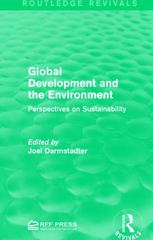Question
Quantitative research tends to require the use of relatively large samples. With that in mind, consider the strengths and weaknesses of purposeful, convenience, and random
Quantitative research tends to require the use of relatively large samples. With that in mind, consider the strengths and weaknesses of purposeful, convenience, and random sampling approaches in quantitative research. Assume that you are an automobile manufacturing executive tasked with increasing sales in your state. You wish to evaluate the effectiveness of an incentive program for sales personnel implemented at 10 dealerships in medium-size cities and 10 dealerships in small cities. All you have at hand are archived records of the incentives received by the sales staff and of their respective sales transactions. What information, data, and variables do you choose to analyze as relevant to your evaluation? Why? Which of the GCU core quantitative designs (introduced in a previous course) would best fit your evaluation plan? Why? How much data do you need to analyze in order to reach a meaningful conclusion? Explain. Do you anticipate any logistic difficulties or ethical concerns? Explain.
Step by Step Solution
There are 3 Steps involved in it
Step: 1

Get Instant Access to Expert-Tailored Solutions
See step-by-step solutions with expert insights and AI powered tools for academic success
Step: 2

Step: 3

Ace Your Homework with AI
Get the answers you need in no time with our AI-driven, step-by-step assistance
Get Started


